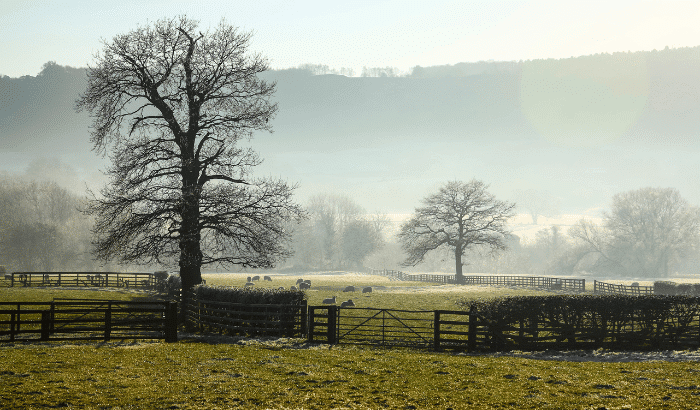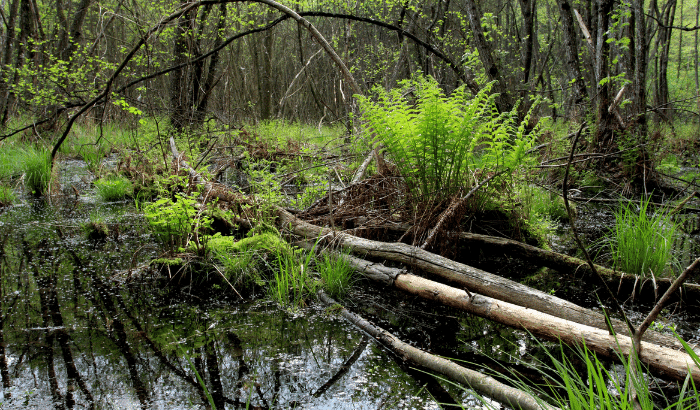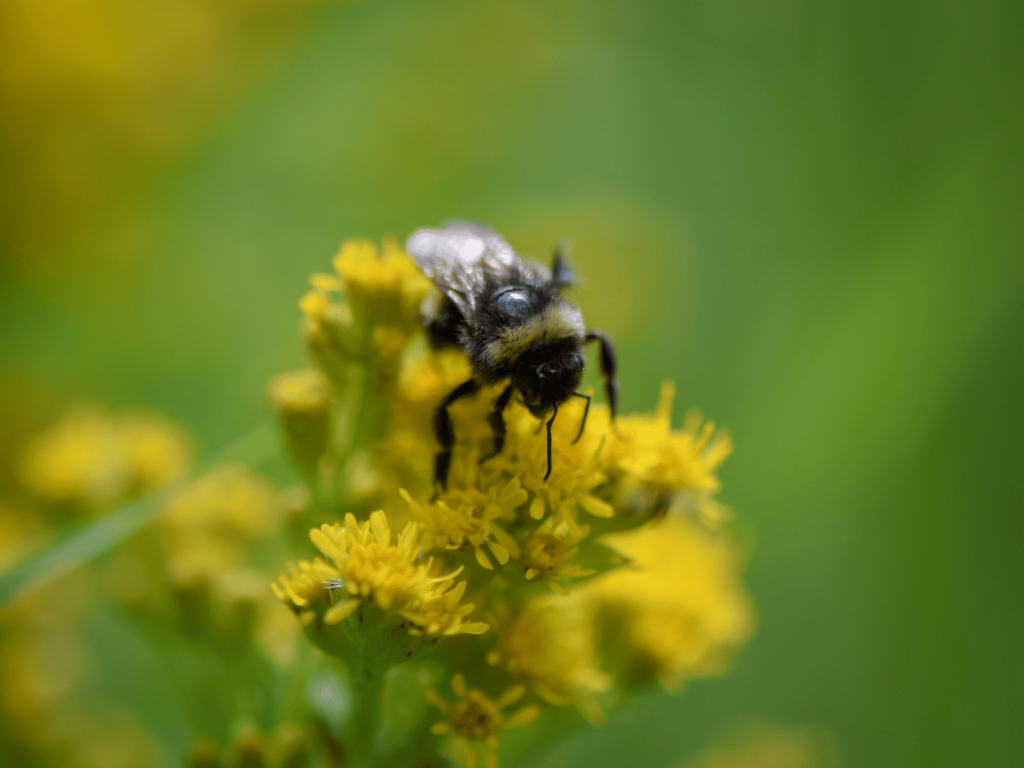The goal of Biodiversity Net Gain is to ensure that the impact of development on natural habitats is not only offset but leads to a measurable improvement. In essence, it tries to leave the wider environment in an improved state after a development, whether on-site or through improvement to an external site (off-setting).

BNG is transitioning from a voluntary consideration to a mandatory requirement for developers in England under the Town and Country Planning Act 1990, as amended by the Environment Act 2021. As of early 2024, developers are mandated to achieve a 10% net gain in biodiversity compared to the pre-development state. The hope is that development projects will contribute positively to ecosystems, ideally in their surrounding area but farther afield where necessary.
The policy employs standardised biodiversity units (the Natural England Biodiversity Metric 4.0), considering factors such as habitat size, quality, location, and type, all helping to assess the impact of development on biodiversity. To calculate and prove compliance with the 10% net gain requirement, developers must use the statutory biodiversity metric tool. This tool applies a specific formula for accurate calculations. (Land App has this tool built-in – click here to learn more)
Why is BNG being introduced?
The primary purpose of BNG is to address the ongoing decline in biodiversity; the UK is in the bottom 10% of countries for Biodiversity. By creating and enhancing natural habitats, the policy aims to contribute to the conservation and restoration of diverse ecosystems. The requirement for a 10% net gain over a minimum of 30 years underscores the policy’s commitment to ensuring the longevity of projects – land cannot be used for BNG temporarily. This extends the benefits of BNG far beyond the initial development phase.

Why does it matter?
BNG has the potential to be a crucial tool in the conservation toolkit – actively promoting the enhancement of natural habitats and supporting the overall health of ecosystems – as well as providing farmers and landowners with a potential revenue scheme as traditional funding methods begin to decline. The policy indirectly benefits communities by preserving green spaces, promoting biodiversity, and creating a more sustainable and resilient environment for current and future generations. Developers must comply with BNG requirements to obtain planning permission. Non-compliance may lead to enforcement actions, emphasising the legal significance of BNG compliance.
Who does Bodiversity Net Gain impact?
Major and small developers, as well as those involved in nationally significant infrastructure projects, must adhere to BNG requirements. Individuals responsible for land, including landowners, farmers, and estate managers all play a crucial role in implementing BNG and may benefit from the emerging BNG credit market. Local planning authorities are also critical here: responsible for approving biodiversity gain plans, they ensure that developments align with BNG objectives.

